Lumberjack Tournament
History
With hard work being one of the cornerstones of Nefsian culture naturally, competition would spring up between the men and women working in various professions. For the most part, this competition was friendly, and so long as no one got injured or did anything foolish, the various Administrators and Consul saw nothing wrong with allowing the competition to continue. It's from this competition that the Lumberjack Tournaments emerged as the Administrator of Logging wanted to allow the people working under them to show the skill to the rest of Nefis as well as show off a little to their fellow Administrators.
Since its inception, the Lumberjack Tournament has happened yearly during the week of the longest day of the year. Anyone in Nefis or abroad who wants to compete is allowed to. The tournament events take place from sunrise to sunset during this week with the contestants being given the night to wind down, drink, eat, dance, and celebrate with those not participating. Two events take place each day, with the final day of the week reserved for the day the winner is announced and medals and ribbons are distributed. The final day of the tournament is often the rowdiest and most chaotic as after the award ceremony the day is filled with celebration.
Execution
There are 12 events in total during which two people out of the 100 total participants, will have their names drawn at random. Names will continue to be drawn in each event until everyone has competed against someone once. In the event there is an odd number of participants, the last round of the event will have three competitors. Each contest is presided over by one principal official and two minor officials, who are chosen from those not competing who are not related to any of the participants. These officials will draw a line down the center of the logs as well as diagonal lines on both sides that start seven inches from the center and end an inch from the center marking areas of the logs deemed 'out of bounds' that if struck will disqualify the competitor. During the competition, it will be the main official's jobs consist of checking the logs for these errors while the minor officials are tasked with whistling when their assigned participant finishes their task as well as keeping track of the time with watches that track minutes and seconds.
The top 30% from each event received 3 points while the next 30% receive two points and the final 30 receive 1 point. After the third event, those whose scores total five or less are out of the competition while the remaining participants continue on. After the sixth event, of those remaining, those with scores less than or equal to 11 are out of the competition. After the ninth event, those with scores less than 16 are out of the competition. After the twelfth event, those who have scored less than 21 are out of the competition while the remaining participants receive medals and ribbons bearing their rank.
Events:
- Underhand Block Chop: Using a five-pound axe the contestants have to stand on a log 28 inches long and 12 in diameter laying horizontally on a metal cradle and chop roughly halfway through the front of the wood before turning around and cutting through the backside of the log. Contestants stand with their feet placed on either end of the log with the out of bounds line less than an inch away from the arch of their feet. In addition to being disqualified, hitting outside the designated area could cause serious injury. The cradle is designed to securely hold the log in place on one side while the other is free so that when the contestant chops through the log, the free half will fall away. The contestant who cuts through their log the fastest wins.
- Standing Block Chop:
Using a five-pound ax, the contestants are asked to chop a vertical standing log 28 inches long and 12 inches in diameter in half. Just like with the previous event, there are three lines drawn on the log, and the metal stand is on holds the log steadily in place so only the top half should go flying when the competitor chops all the way through. Like with the previous event, the contestant will chop halfway through the front of the log before running around to the other side and chopping halfway through the back. The first blows will always be up hits on both the front side and the back side of the log. As the chips clear, the competitors will look to sever the block completely by striking powerful downward drives. If a chopper has held to their intended chopping scarf, the final down blow will drive the block off and, just like with the previous event, will leave a large pig's ear of offset, uncut wood, sometimes as much as three to four inches thick.- Springboard Chop:
This event is one of the more dangerous and extreme events as it takes the log from the Standing Block Chop event and adds nine-feet to the length of the log as well as two wooden boards called springboards. Starting on the ground, the competitors will cut a small pocket into the log roughly three feet up from the bottom. They will then shove one of the two springboards into the pocket and, provided they made the pocket right, will pull themselves up onto the plank. While standing on the first plank, the competitor will then make a second pocket higher up on the pole that the competitor will stick the second springboard into. Climbing on top of the second board, the participant will then perform the same actions from the standing block chop on the top 11 inches of the log. The winner is the one who cuts through this top portion the fastest.- Single buck:
In this event the competitors have to saw through a 19 inch in diameter log using a six-foot-long steel saw that weights 15-18 pounds. Like with every other event, the faster of the two competitors will be deemed the winner. This event is the simplest and the one with the least danger but, there is still some danger because of the saw's immense size.- 60-foot Speed Climb:
As the name of the event would suggest, this event has competitors climb to the top of a 60-foot tall pole and get back down to the ground as fast as they can. The competitor wears spiked shoes and uses climbing ropes to assist their ascent. They start with one foot on the ground and the other on the pole itself and as they go up, there are orange markers at even distance that the climber's rope has to hit. On their way back down, they must touch the pole every 15 feet.- 90-foot Speed Climb:
The 90-foot climb is exactly like the 60-foot except that there are two bells at the top of the pole. One of which, the contestant needs to ring before they start their descent. The other change is that the orange markers are further apart and the participants must make contact with the inside of each section on their way down.- Logrolling:
This is one of the tamer competitions, provided all the contestants know how to swim, but it is also the one the contestants look forward to the least as this competition takes place in the freezing oceanic waters surrounding Nefis. At the beginning of the round, the two competitors step off a dock onto a floating log, grasping pike poles held by attendants for balance. As they push off from the dock, the officials instruct them to steady the log. When both are determined to have equal control, the participants are instructed to throw down their poles. The match begins when the whistle is blown and continues until a fall occurs or they hit the time limit. When the time limit is reached, the same match continues onto the next smaller log until someone falls into the icy waters.- Boom Run:
During this event, the officials float a raft into the ocean that they then use three anchors to keep in place. Between the raft and the docks, five logs, like the large ones used in logrolling, are chained together to create a rounded and moving path between the two platforms. The contestants must cross these logs to the raft and return to the dock without falling into the water.- Double buck:
This competition is exactly like the Single Buck but, instead of one person wielding the six-foot-long ax, there are two people.- Team Relay:
In this timed event there are two teams competing. Each team consists of a 60-foot climber, a boom runner, an underhanded block chopper, a double buck sawyer and a standing block chopper. First, a climber must climb and descend the 60-foot pole, when their feet touch the ground that signals the boom runner stationed on the chopping dock to run the logs to the raft. Once they return, the underhanded chopper starts hacking away at a 20-inch log and when the log drops, the person commencing the single buck starts. Once the bucker is finished, the standing block chop member begins the anchor event in this relay. Whichever team finishes first with the best time is the winner of the event. This event is the combination of the best of all the lumberjack skills: power, strength and sheer determination.- Axe Throwing:
There are technically three events in this event, the contestants must throw a five-pound double-headed ax, followed by a five-pound single head ax, and finally a hatchet at a bullseye 30-feet away with the intention of hitting the bullseye. After each throw, the officials remove the ax or hatchet and mark the place it hit before the participant moves onto the next one.- Pole Toss:
This event is the one most hazardous to the spectators, though the officials do their best to keep them a safe distance away from the area. In this event, the participants lift a 60-foot pole so it's sticking straight up into the air with the lower end against his or her shoulder and neck. While the pole is being put into position the officials help hold it steady. The tosser then crouches, sliding his or her interlocked hands down and under the rounded base, and lifts it in their cupped hands. Standing, they keep the pole balanced while walking or running a few paces forward. Once they've gained some momentum, they flip the log so the top end hits the ground first. The goal is for the log to fall onto the ground to it lays straight out in front of the thrower, like a hand of a clock does when it strikes noon. The closer the pole is to replicating noon, the more points the person receives.Components and tools
Saws, axes, and crosscut saws of various sizes, as well as lots of logs and heavy rope are used throughout the competition by the competitors.Participants
Everyone in Nefis and a number of people from other countries come to watch the competition. Over 100 people participate in this event each year. Those not participating feast, drink, and cheer on the competitors.Observance
This event is observed annually during the week that contains the longest day of the year.Underhand Chop Lines: Underhand Chop Cut Through: Standing Block Chop: Springboard Chop: Single Buck: Log Climbers: Log Rollers: Boom Running: Axe Throwing: Pole Toss:Primary Related Location
Comments
Please Login in order to comment!

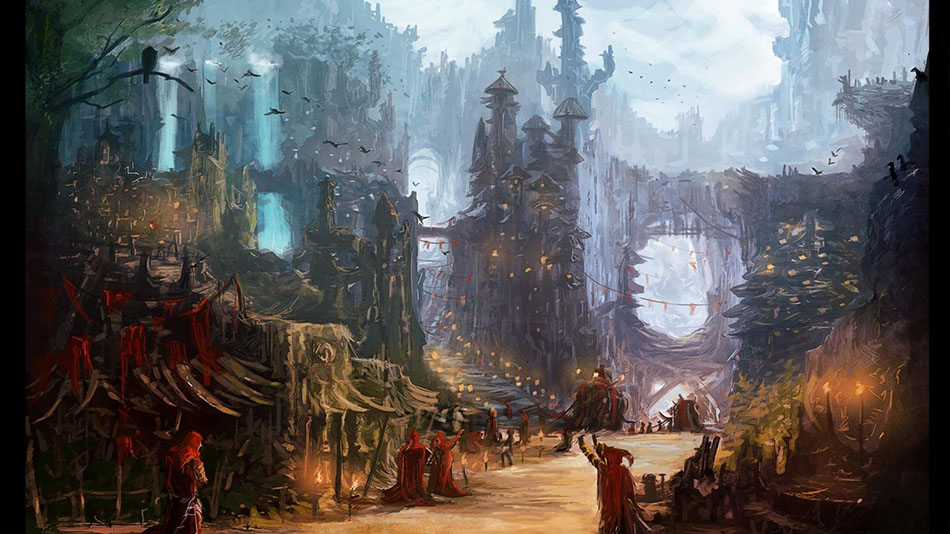

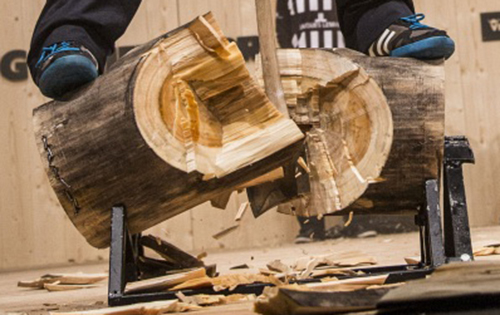
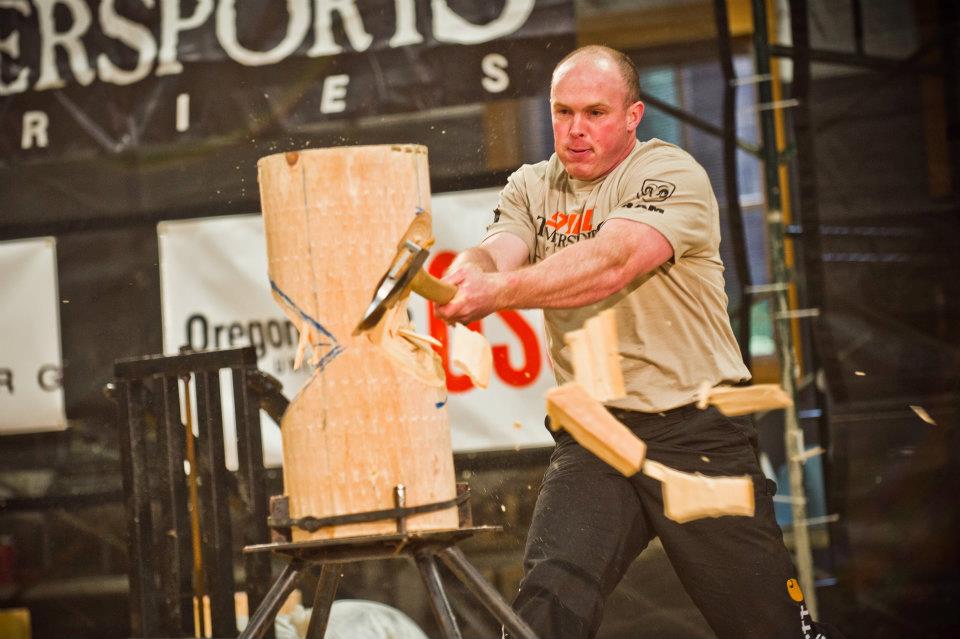
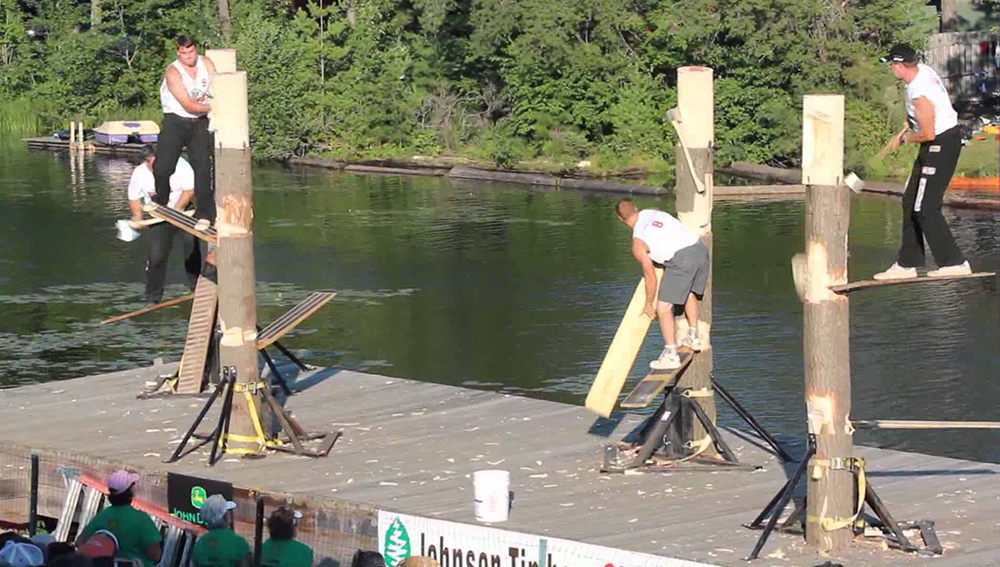
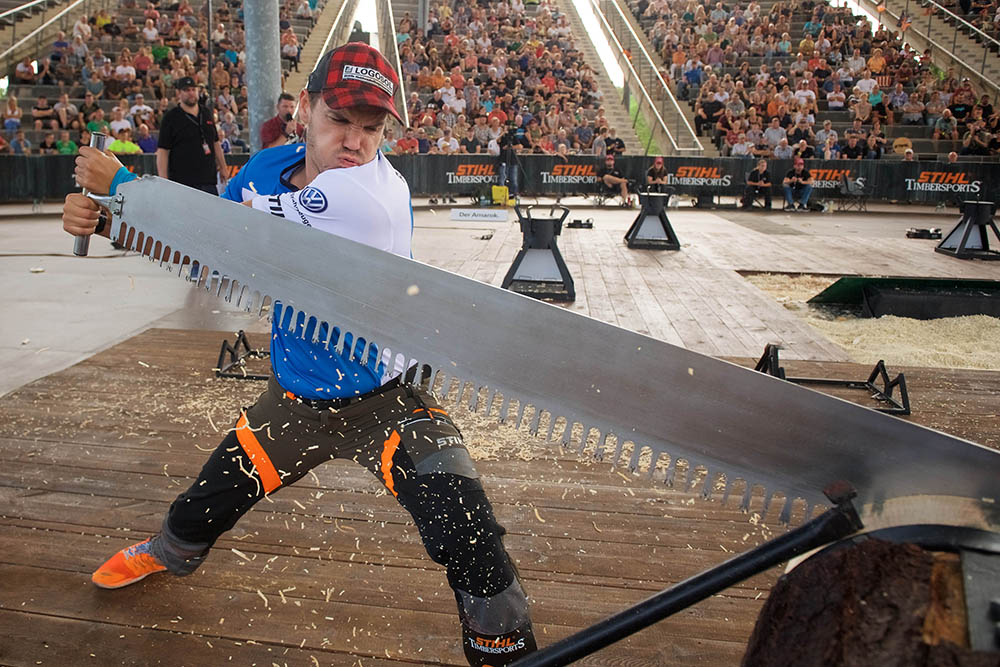

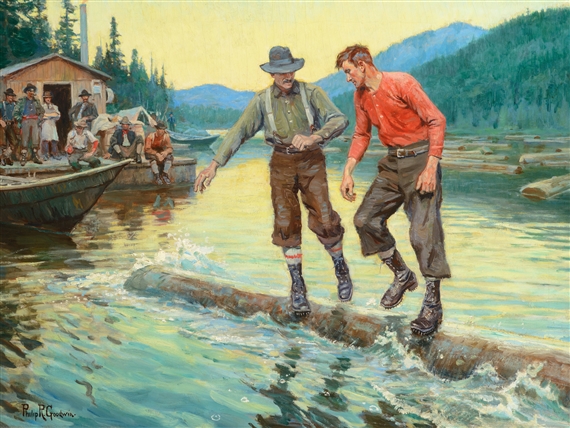


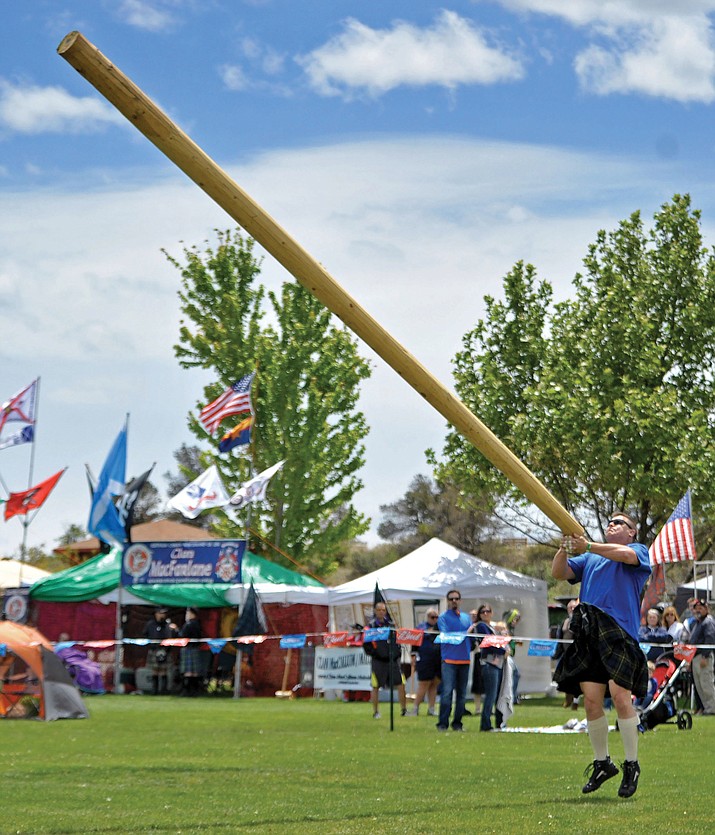







This is a neat little event, though I have to say I'd be terrified to even contemplate joining in. I love the detail you go into too. Great work!